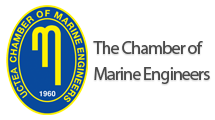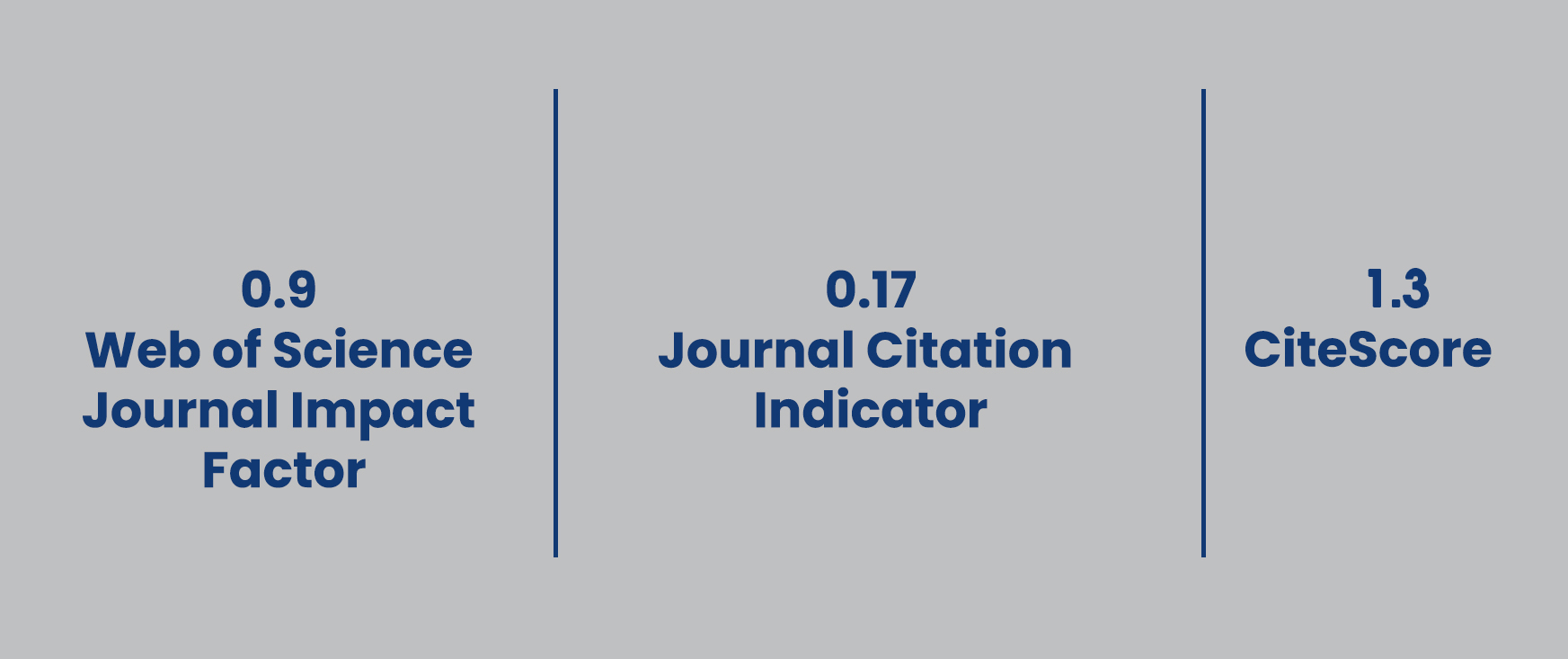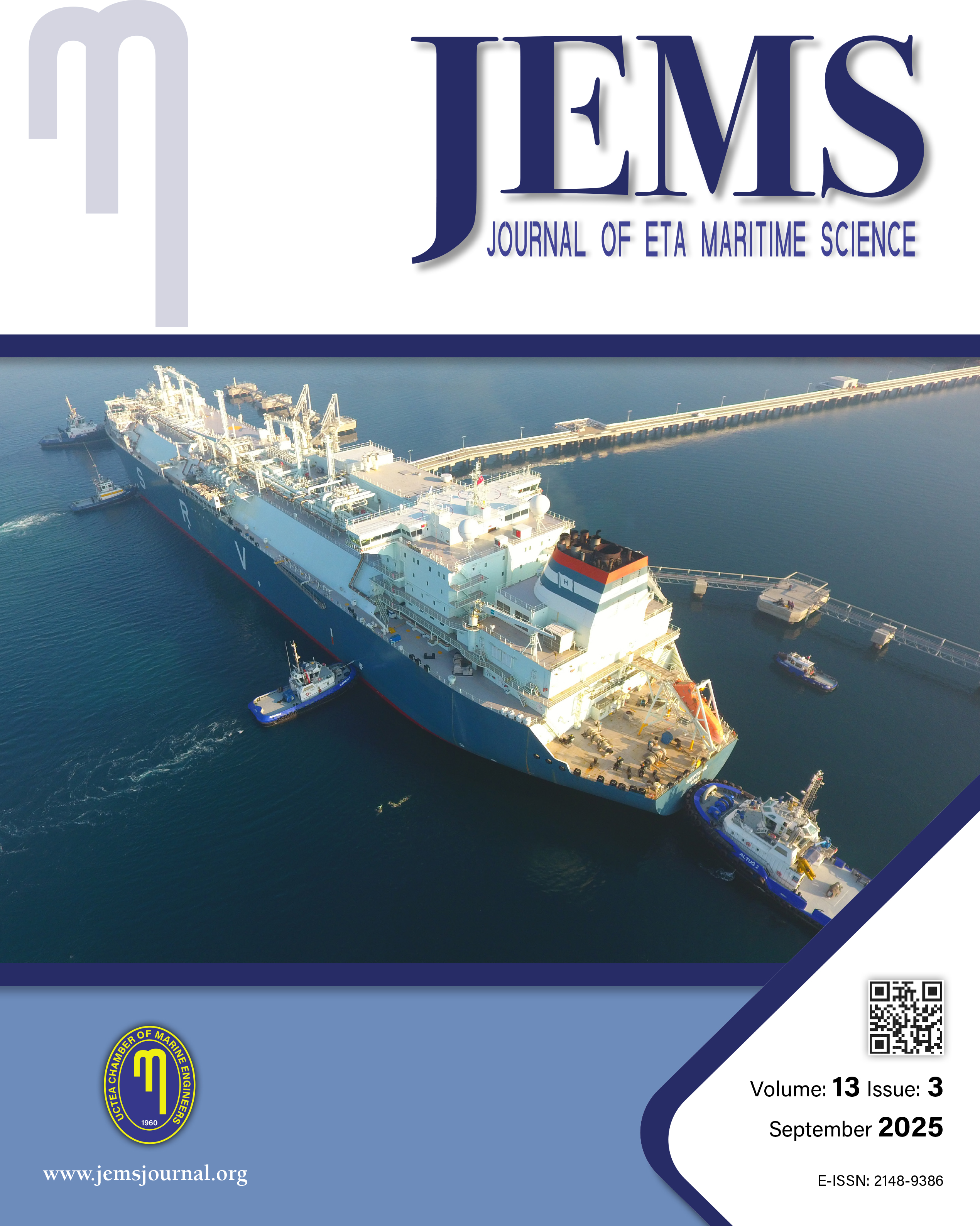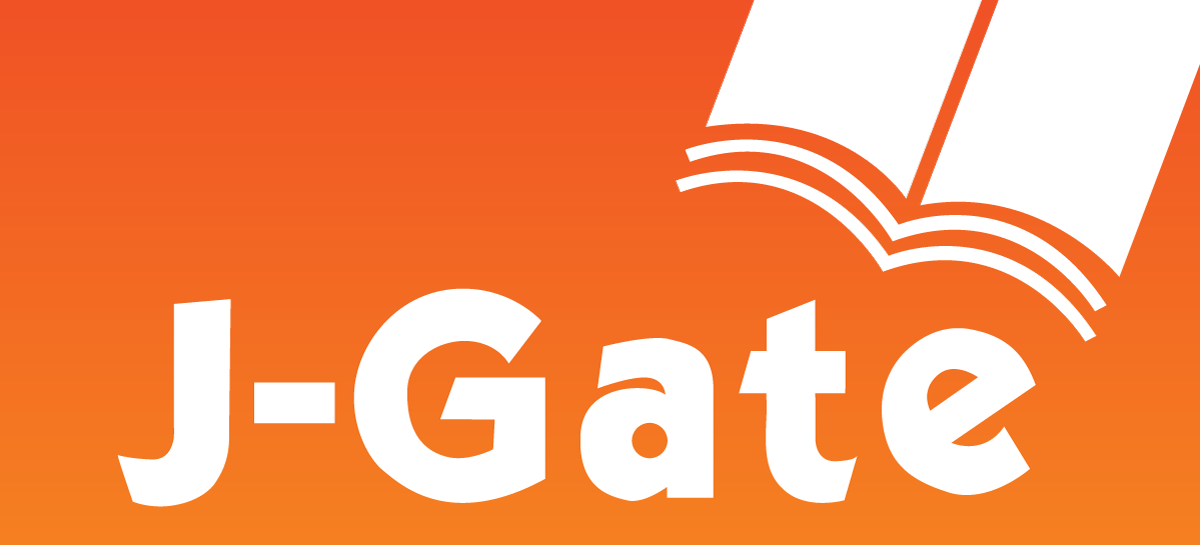
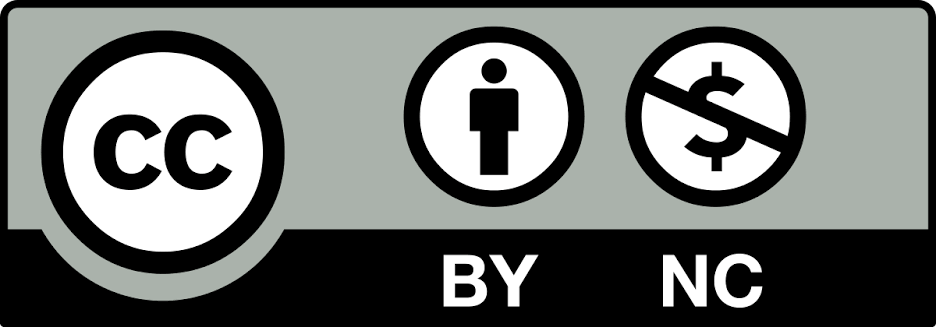
JEMS apply the Creative Commons Attribution NonCommercial 4.0 International Licence to all manuscripts to be published
Human-centered Formal Safety Assessment (FSA) of Pilotage Operations at a Narrow Channel in Indonesia
Fadilla Indrayuni Prastyasari1, Geovanza Alfariz Setyalind1, Ludfi Pratiwi Bowo2, Tatsuro Ishida31Institut Teknologi Sepuluh Nopember Faculty of Marine Technology, Department of Marine Engineering, Surabaya, Indonesia2National Research and Innovation Agency, Research Center for Transportation Technology, Jakarta, Indonesia
3Kobe University, Graduate School of Maritime Sciences, Kobe, Japan
A pilotage service in Surabaya West Access Channel (SWAC) is mandatory for ships of 500 GT or above, as per the Decree of the Minister of Transportation Number KP 455 of 2016. Due to the high density of traffic in SWAC, this research aimed to evaluate the risk of the pilotage process in terms of Human Reliability Assessment by utilizing Formal Safety Assessment. The probability was estimated based on the Human Error Probability using the method of HEART 4M combined with AHP-Technique for Order Preference by Similarity to Ideal Solution. In contrast, the consequences were gathered based on the historical accident data of the pilotage service. The risk was represented by the risk matrix from the Indonesian Classification Bureau. From the risk matrix, Task 1 and Sub-task 2.3 were categorized as high risks. Five Risk Control Options (RCO) were then proposed and analyzed using the Cost-Benefit Analysis. The recommended RCO for Task 1 is to review the installation and maintenance procedure of the pilot ladder (A03)with a gross cost of $34,000which gives a 33% risk reduction. Meanwhile, workload planning and shift rotation adjustment (A03) were recommended for Sub-task 2.3, which had a gross cost of $24,200, and a 31% risk reduction.
Keywords: HEART-4M, HEP, human factors, narrow channel, ship pilotageManuscript Language: English
(612 downloaded)
